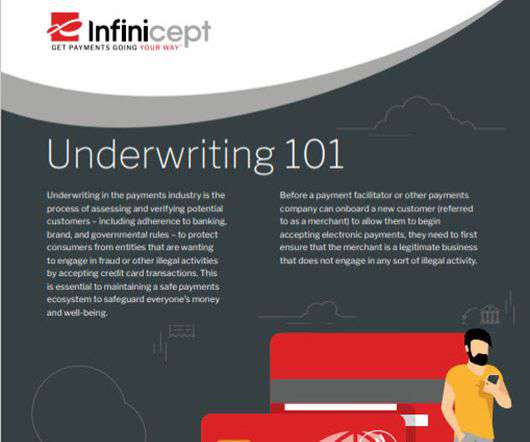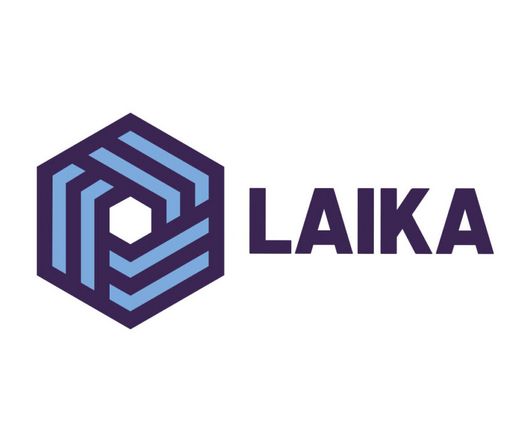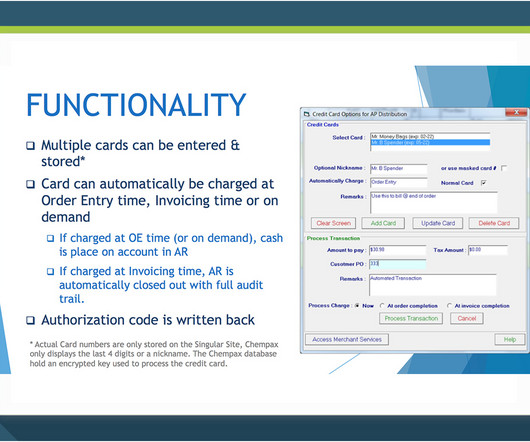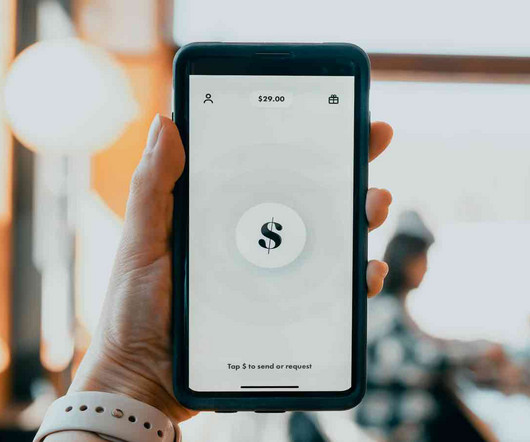PayFac-as-a-Service vs Full Payment Facilitation: A Developer’s Guide
USIO
JUNE 9, 2025
You’re here because someone—maybe your CEO, maybe your investor, maybe your gut—told you that owning payments could be a game-changer for your platform. But here’s the part that gets glossed over: how you own payments matters. Should you become a full Payment Facilitator (PayFac)? They’re right. You control the flow.





















































Let's personalize your content